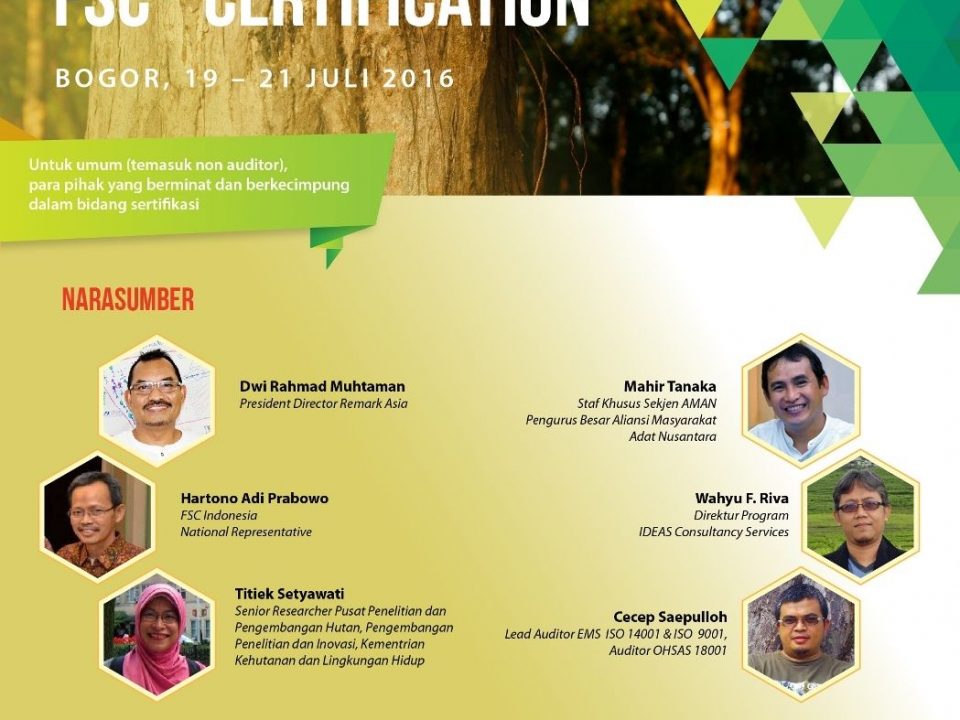This handbook has been developed to guide assessment teams through the Restoration Opportunities Assessment Methodology (ROAM), or any part of it.
The handbook has been developed for three main target groups:
• those who are commissioning an assessment, e.g. senior-level government officials, who need to know what it will entail and what outputs to expect;
• those who are conducting an assessment, i.e. members of the core team, who need to know how to do it; and
• those who are contributing to an assessment, e.g., experts and stakeholders at the national or regional level, who need to know what it involves.
This ‘road-test’ edition of the handbook is being circulated to engage others in the process of learning about – and improving – the methodology. A revised version of the handbook will be published at a later date in order to integrate learning from the road-testing process (see page 7 for more details on roadtesting ROAM).
The handbook includes descriptions of the individual components of ROAM as well as guidance on how they can be combined and sequenced to suit different needs. As these components continue to develop, they are evolving into distinct and well-defined tools. The six main components or tools of ROAM are shown below, together with the location of the current guidance on them. More detailed guidelines on these tools will be produced throughout 2014 and 2015, as part of a forthcoming ‘ROAM technical series’ of publications.



